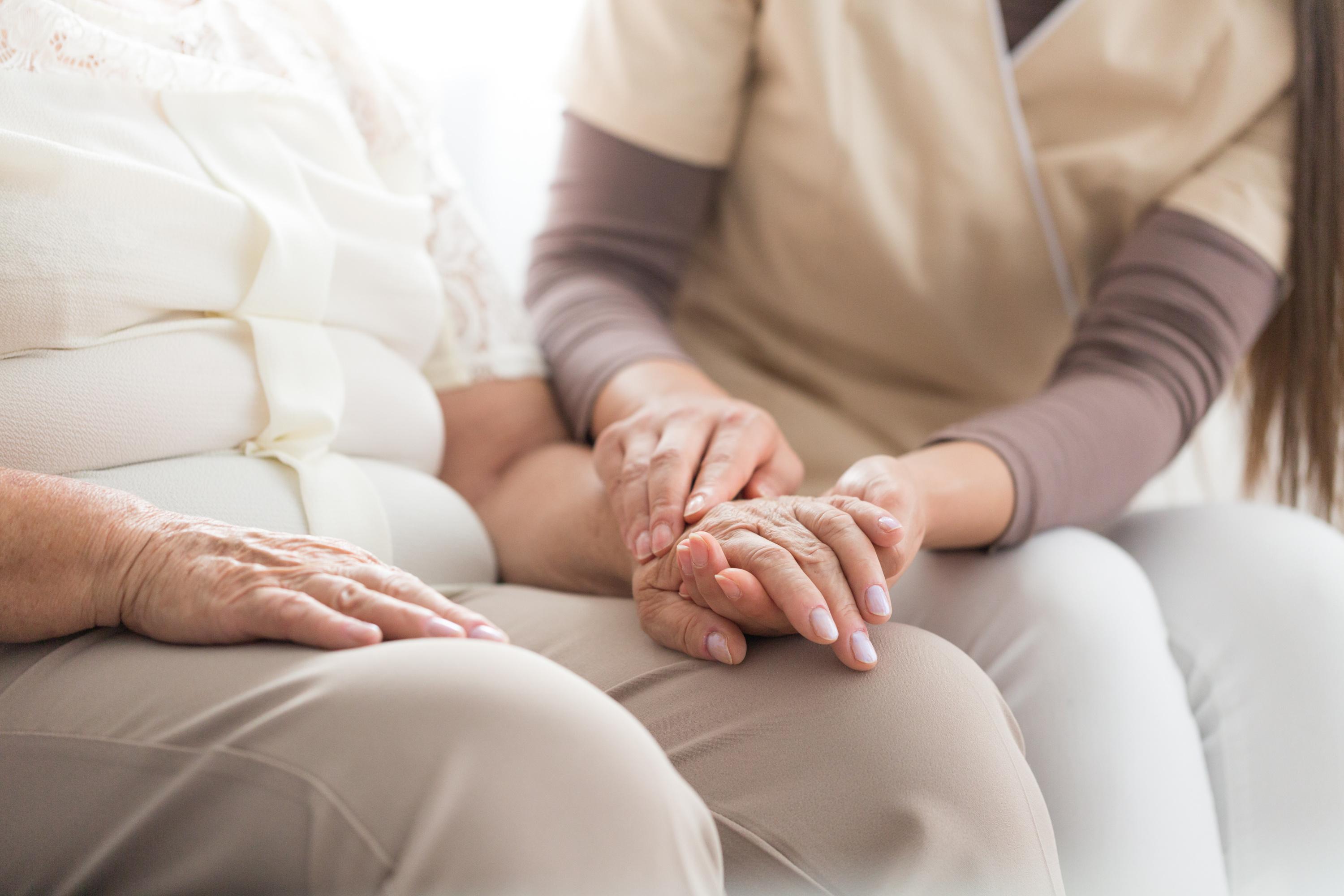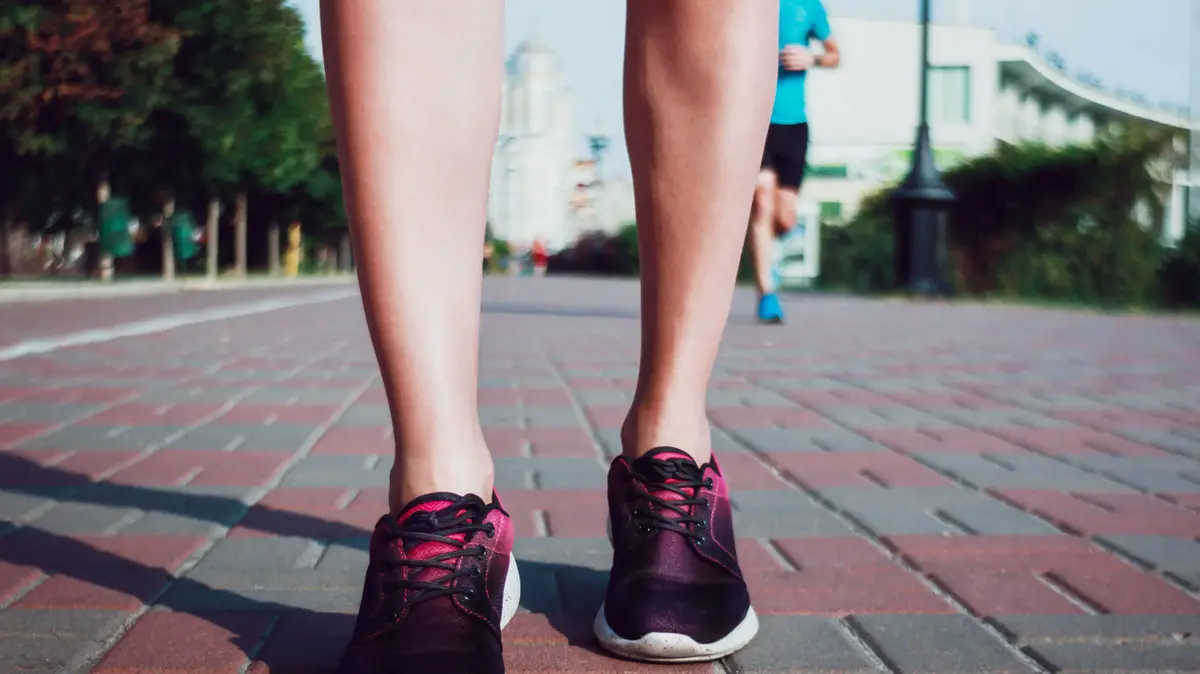With about 200,000 people affected, Parkinson's disease is the second most common neurodegenerative pathology in France after Alzheimer's. If it cannot be cured, it can be relieved with medication. Several studies have also highlighted the virtues of physical activity on improving symptoms, encouraging patients to move, move and even dance despite their difficulties. A study conducted by Inserm researchers, published on May 17 in the American journal Neurology, goes a little further: physical activity would also have a preventive effect on the onset of symptoms.
Parkinson's disease is characterized by the alteration of neurons involved in the coordination of movements, which causes motor, cognitive and sensory disorders with a strong impact on the quality of life of patients and their loved ones. The benefits of physical activity have long been known for people who are already ill, including recommended physiotherapy, but very few studies have looked at the preventive effects of physical exercise on the onset of the disease, let alone in women than in men. Based on this observation, the team of Alexis Elbaz, neurologist and researcher at Inserm at the Center for Research in Epidemiology and Population Health, wanted to estimate the impact of physical activity on the development of the disease by specifically targeting women. These analyses confirmed their expectations: more active women had a 25% lower risk of getting sick. "This is the first study of this scale to highlight this result," says Elbaz.
" READ ALSO - Tremors: it doesn't have to be Parkinson's disease
"There is a real public health message behind it"
This work involved a cohort of nearly 100,000 participants followed between 1990 and 2018. Thanks to the questionnaires completed by these women during these three decades, the researchers were able to compare the level of physical activity of participants who did not have the disease, and this more than 5, 10, 15 and 20 before the diagnosis of Parkinson's disease. They found that women who are now ill have done less sport in their lives, but also that they walk or cycle less, use the stairs less and spend little or no time on leisure activities, such as gardening, or household chores requiring a lot of effort. Interestingly, the gap was particularly striking in the last 10 years prior to diagnosis. "We believe that the occurrence of early symptoms up to 10 years before diagnosis may have been responsible for a decrease in physical activity. However, the long follow-up allowed us to confirm that the physical activity of these women was already lower before the appearance of these first symptoms, more than 20 years before diagnosis. This had never been shown," says Alexis Elbaz.
" READ ALSO – "I do not postpone anything to the next day, Parkinson imposes itself"
Thus, practicing regular physical activity and as early as possible would prevent or at least delay the onset of this neurodegeneration. "There is a real public health message behind it: we already knew that physical activity has many health benefits and our results show that it would also be beneficial in curbing the development of incurable neurological diseases," says the neurologist.
It remains to be understood how exercise can better preserve the brain in Parkinson's disease. "Several studies on this pathology, both in humans and animals, have highlighted the neuroprotective role of physical activity, including a mechanism called brain plasticity. Physical activity stimulates the development of brain connections in regions involved in motor skills, the same regions that become dysfunctional in Parkinson's patients. " explains Alexis Elbaz. According to the authors, this mechanism would explain the results obtained, although further analyses are needed to confirm this link. But for now, other avenues of reflection are at the heart of scientific interests. In particular, the researchers would like to identify the type of activity that is most protective but also the intensity of exercise necessary for the effects on symptom delay to be significantly beneficial.








